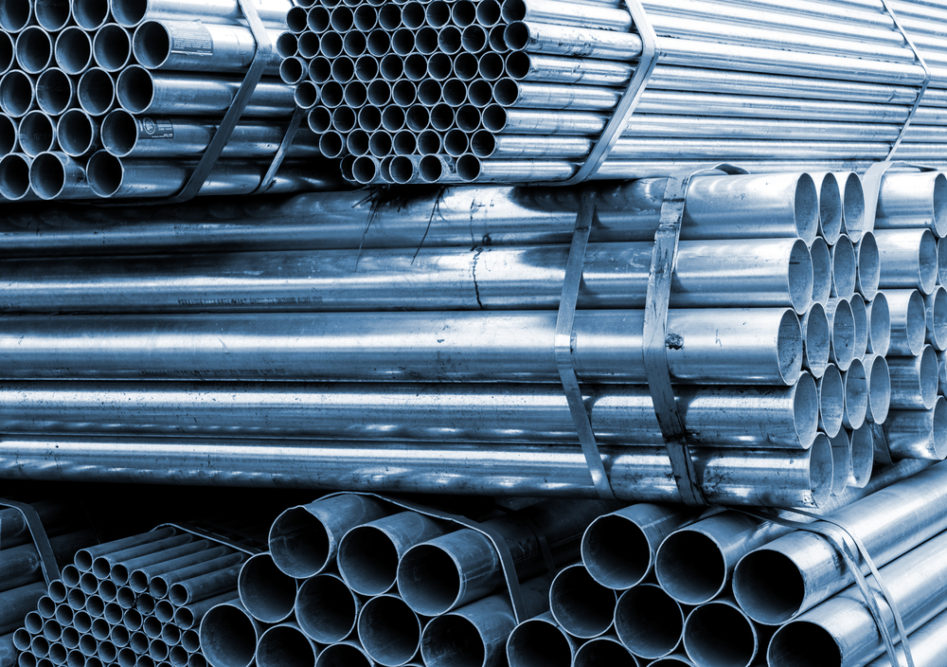
President Donald Trump yesterday placed tariffs on steel and aluminum imports from all nations, except Canada and Mexico. Will the tariffs help our economy grow?
“The plus is the obvious protection of a domestic industry, but the minus is the damage that the tariff does elsewhere in the economy,” said Dr. Richard Hawkins, chair of the University of West Florida Department of Marketing, Supply Chain Logistics, and Economics.
“There’s been some really good research among the leading economists on what happens to countries that go the other way,” he said. “In other words, rather than enacting protectionists’ policies, what happens to countries who relax protectionists’ policies? The answer is they grow faster, so if you’re interested in economic growth in 2019 and 2020 then you want to be moving away from protectionism and towards free trade.”
In 2002, President George W. Bush raised tariffs on selected steel products in hopes of reviving the U.S. steel industry with the goal of keeping them in place for three years. The tariffs backfired.
“The World Trade Organization authorized retaliatory tariffs against U.S. goods, and Europe chose oranges because of Jeb Bush and beef because of George W Bush,” said Hawkins. “So it just leads to those kinds of messes where other countries get upset and then they get the right to impose retaliatory tariffs against U.S. goods.”
In the face of retaliatory tariffs by the European Union, President Bush removed the tariffs after only 18 months.
When it comes to tariffs, Dr. Hawkins said, “Eventually cooler heads usually prevail. Although in this case, I can’t say for sure that that’s going to happen.”



